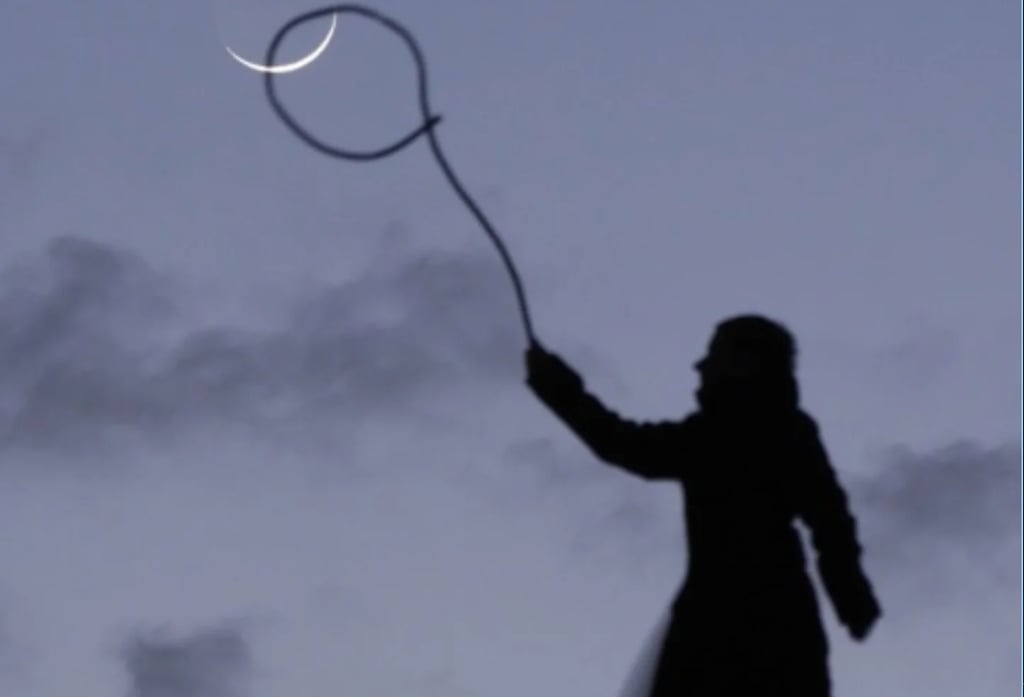
A Cosmic Hippocratic Oath Taken by Veiling Stars


The Doctor’s Promise and the Star’s Secret
Every physician, upon entering their sacred vocation, takes an oath—a whisper into the ears of eternity—to do no harm, to heal, to uphold the sanctity of life. The Hippocratic Oath is not merely a vow of medicine; it’s a moral constellation by which doctors navigate the dark seas of mortality.
But what if the stars themselves took such an oath?
High above the reach of stethoscopes and scalpels, Shatabhisha Nakshatra—the “Hundred Healers”—casts its shimmering promise across the cosmos. Its light, subtle and surgical, speaks of medicine, mysticism, rebellion, and revelation. It is the sky’s own version of the Hippocratic Oath—a cosmic pledge to heal through truth, even when truth burns.
Shatabhisha: The Hundred Healers and Hidden Watchers
Shatabhisha, the 24th nakshatra in Vedic astrology, stretches from 6°40′ to 20° in Aquarius, ruled by the shadowy planet Rahu and presided over by Varuna, the god of cosmic waters. Its very name—Shata-bhishaj—means “a hundred physicians,” a title steeped in the language of both remedy and revelation.
This star field holds the mysterious Gamma Aquarii (Sa’ad al Su’ud), a star once imagined by the Mesopotamians as resting at the neck of the celestial water bearer, Aquarius. To the naked eye, Shatabhisha’s stars form a delicate circle—a lasso—the sacred weapon of Varuna himself. This lasso is no mere ornament. It is the cord of cosmic judgment, the tether that binds truth to consequence.
And here’s the twist: the word bhishaj doesn’t only mean “doctor.” It shares roots with the act of applying—whether ointment, attention, or affection. In Sanskrit, “to apply” is both to heal and to love. Thus, Shatabhisha can be read not only as the Hundred Healers, but also as the Hundred Lovers, or even the Hundred Watchers—those who see, tend, and bind what is broken in the universe.
This is the paradox at Shatabhisha’s heart: it is as erotic as it is ascetic, as scientific as it is spiritual, as detached as it is deeply involved. It is the nakshatra of paradoxical physicians—the healers who wound to cure.
Varuna: The Cosmic Judge of the Unseen
To understand Shatabhisha, one must first face its deity, Varuna—a being who has shape-shifted through myth like the tides he governs. Once, Varuna was the sovereign of all gods and men, a watcher whose gaze encompassed every corner of creation. His name, derived from the Sanskrit root vri, means “to encompass” or “to cover.” He is the envelope of existence—the cosmic witness who misses nothing.
In the oldest hymns of the Rig Veda, Varuna is the judge—omniscient, unblinking, and fair. His lasso (pasha) was no weapon of violence, but of justice. Those who lied, cheated, or hid behind illusion found themselves ensnared by this divine rope, brought face-to-face with their own truth.
Thus, in Shatabhisha’s domain, there is no escaping exposure. This is a nakshatra that sees through facades, that cuts through the comforting fog of self-deception. It is the star-field of auditors, therapists, reformers, and revolutionaries—those who cannot help but name what they see.
This explains why Shatabhisha natives often seem both rebellious and righteous—they carry Varuna’s old gift: the compulsion to uncover truth, even when it unsettles the powerful.
The Fall of Varuna: From Heaven’s Throne to Ocean’s Depth
But the story of Varuna is not one of triumph—it is one of exile.
Once, he stood beside Indra, god of rain and lightning, in the celestial pantheon. But when the serpent-demon Vritra blocked the rivers and brought drought to Earth, Varuna hesitated. Bound by compassion (or perhaps loyalty) toward his Asura kin, he refused to intervene. Indra, acting alone, slew the serpent, restoring the world’s waters. For this, the gods hailed Indra as their savior and cast Varuna down.
From that moment, Varuna was dethroned—banished to the depths of the sea, made ruler of the oceans he once merely observed. His dominion became the underworld of waters—the subconscious, the hidden, the taboo.
This mythic fall mirrors the astrological essence of Shatabhisha. It is the nakshatra of the fallen, the misunderstood, the marginalized—the ones who see too much and speak too freely. It favors those who swim in deep emotional or social waters: healers, scientists, activists, outcasts. It rebels against hierarchy, tradition, and blind authority. It is, in every sense, a cosmic counterculture.
The Midnight Sun and the Dark Divinity
Varuna’s dominion is illuminated not by the bright sun of noon, but by what ancient texts call the “Midnight Sun”—the sun unseen, burning quietly beneath the waves. Thus, Varuna is an Asura, a dark divinity—not evil, but shadowed, introspective, essential.
This is why Shatabhisha is classified as a Chara Nakshatra—fluid, moving, mutable. Its energy is nocturnal, cerebral, and ever in motion. Planets that thrive in ambiguity—Rahu, Ketu, Saturn, and Mars—flourish here, embodying innovation through disruption. Meanwhile, bright and rigid planets like the Sun or Jupiter falter, their pride and certainty dissolving in the star’s liquid depth.
In Shatabhisha, truth is not a sermon from the mountaintop; it is a whisper from the abyss.
The Lasso and the Rebellion
Why does Varuna carry a lasso?
Because truth, when it catches you, binds. The lasso represents accountability—the moment when the universe quietly says, “Enough.” It loops around hypocrisy, injustice, and arrogance, pulling the guilty into confrontation with what they’ve denied.
Thus, people and planets influenced by Shatabhisha often embody this lasso effect. They are the cosmic critics, the whistleblowers, the revolutionaries. They unmask corruption, whether in governments or relationships. They heal by unveiling—by cutting through illusion so that what festers beneath may finally breathe.
This makes Shatabhisha both divine and dangerous. Its natives can heal with a word—or wound with one. They are drawn to both medicine and mysticism, to both solitude and rebellion. They take the Hippocratic Oath not with their mouths, but with their souls.
The Cosmic Oath: Healing Through Revelation
If Shatabhisha were to write its own oath, it might sound something like this:
An exploration of Shatabhisha Nakshatra—the celestial covenant of healers, rebels, and unseen watchers.
I vow to heal by unveiling.
I vow to bind the wound, not hide it.
I vow to see clearly, even when clarity costs comfort.
I vow to honor the dark, where truth first breathes.
I vow to cast my lasso not in wrath, but in revelation.
This is not the oath of the gentle healer—it is the creed of the cosmic physician, the rebel doctor of the stars. To heal, one must disturb. To purify, one must first unveil the poison.
The Underdog’s Constellation
When Indra rose, Varuna fell—and in that mythic inversion, Shatabhisha found its eternal calling. It became the nakshatra of underdogs and iconoclasts, of those who challenge the established order not for power, but for truth.
Those born under its influence often find themselves outside the mainstream—innovators, reformers, scientists, mystics, artists who dismantle convention. Their lives oscillate between isolation and illumination. They are misunderstood, yes—but also indispensable.
Shatabhisha is where the veiling stars take their oath—not to uphold the heavens, but to question them.
The Veiling Stars Speak
So next time you look up at the dark spread of Aquarius, remember: those stars are watching. They are the Hundred(many) Watchers, the physicians of the unseen. They bind, they heal, they judge, they forgive. They carry within their shimmer the memory of Varuna’s fall and the promise of his redemption.
The Cosmic Hippocratic Oath they’ve taken is not for humans alone—it is a universal covenant:
To restore balance through awareness, to heal the hidden, to reveal the veiled.
And perhaps that’s the truest kind of healing there is.
